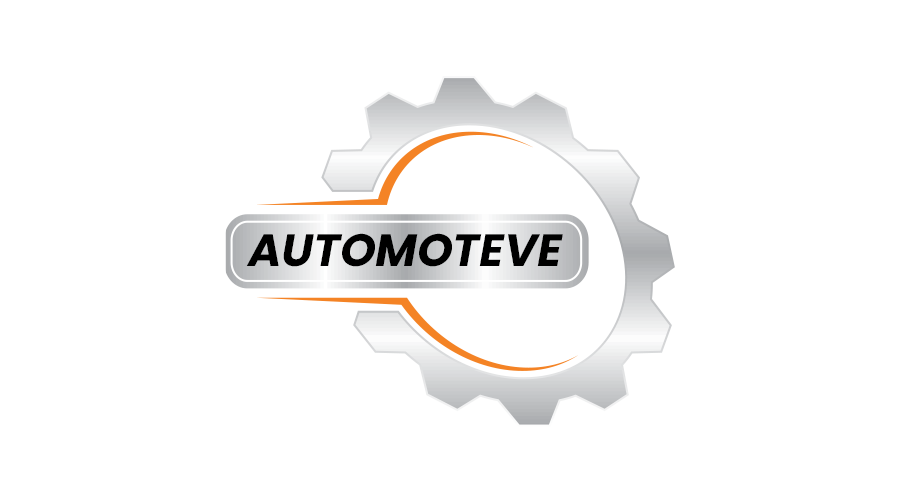Ever felt flummoxed with what is hidden beneath your car? But trust us, you are now in good hands. We have rounded up the vehicle’s inner workings and how they work to help you understand what is beneath the surface.
1. Dampers – Shock Absorbers
Without dampening structures, car springs will extend and release energy from a bump at an uncontrolled rate. The spring can keep bouncing at the natural frequency until the energy is used up. Suspension that is built on springs will make for a bouncy ride.
Here is where shock absorbers come in. According to experts at D Wells Auto, they are devices that control unwanted motion from the spring through a process called dampening. These shock absorbers minimize and slow down the magnitude of motions by changing kinetic energy into heat energy, which is dissipated via hydraulic fluid.
2. Alternator
The alternator is an electrical system liable for powering electrical systems and charging the battery while running your car. Common issues include a missing or loose fan belt, poor battery condition, loose pulley, relay problems, a blown fuse, and broken wiring. Some of the signs associated with those conditions are:
- Continuous warning light
- Dim warning light
- Noisiness
- Overcharging
- No charge
- Low charge
3. Chassis
This is the structure of the frame of a car, on which every part of the car is mounted. As the car’s basic structure with no body, it offers rigidity to the vehicle’s structure.
A vehicle’s chassis comprises the key components of wheels, axles, a suspension system, and a frame. The frame might be in the form of a unit construction or a conventional chassis. However, its key goal is to power transmission and support the engine.
4. Clutch
The clutch works to transmit engine power to a gearbox. Plus, it lets transmission get interrupted when you change gears while the vehicle is in motion and select a gear to move your car from its stationary position.
Many vehicles use a clutch that is operated by a cable or fluid. When vehicles are moving under power, drivers engage the clutch.
5. Braking System
Many modern vehicles come with brakes on the four wheels. Brakes can either be drum type or disc type. The front brakes often play a more significant role in making a car stop than the rear ones. This is because braking throws the vehicle’s weight forward to the front wheels.
Therefore, most cars come with drum brakes that are more effective at the rear and disc brakes at the front. Every-disc braking system is used on high-performance or costly vehicles, and an all-drum system is used on smaller or older cars.
6. Catalytic Converter
This is found in IEC and helps to change harmful gases, such as CO, into less dangerous substances through a process called catalysis. This device helps to minimize vehicle emissions, thus contributing to better environmental health and cleaner air. This makes the device a compliant system.
Understanding the vehicle’s inner workings is important for car beginners and enthusiasts alike. Every component in a car plays an important role when it comes to its overall performance and functionality. All parts are interconnected to work well, from the braking system to the clutch.



